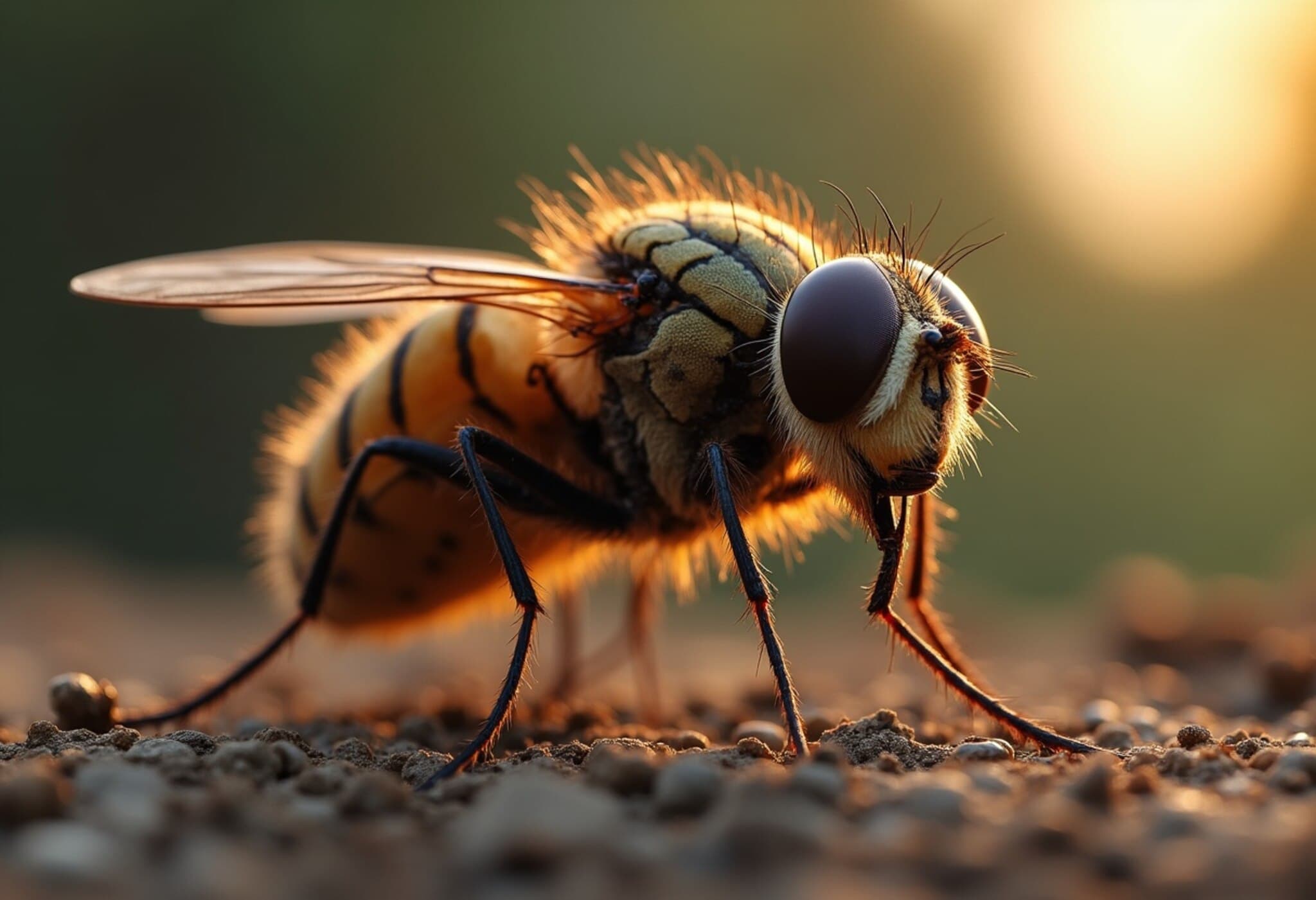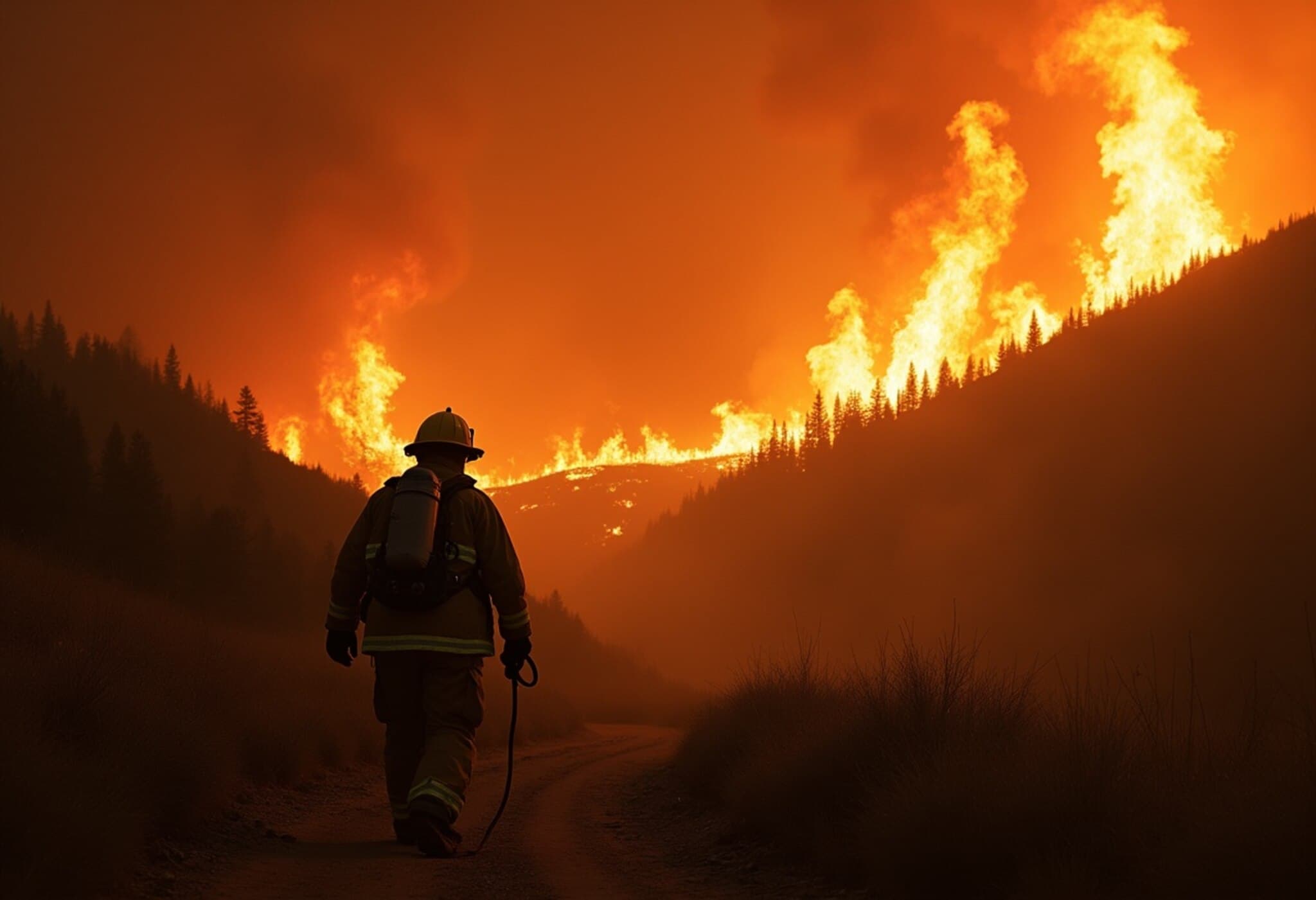How Rock Music and Celebrity Voices Are Helping Farmers Protect Livestock
In an unexpected blend of technology, celebrity culture, and wildlife management, American farmers are turning to the iconic rock band AC/DC and the voice of Scarlett Johansson to shield their cattle from wolf predation. Across Oregon and California, cutting-edge drones equipped with loudspeakers and thermal imaging are being deployed by the US Department of Agriculture (USDA) to deter wolves — a novel strategy marrying soundscapes and surveillance.
The Rise of American Wolves and the Challenge for Ranchers
Since their reintroduction to Yellowstone National Park in 1995, the grey wolf population in the continental US has seen a remarkable resurgence, growing from roughly 300 individuals to an estimated 6,000 today (excluding Alaska). While this recovery marks an ecological success story, it has also sparked conflicts with ranchers whose cattle and sheep have become targets.
Protected by federal law, wolves cannot be harmed easily, leaving farmers with limited options to protect their herds. The result has been a sharp increase in livestock losses, threatening farmers’ livelihoods in rural northwest America.
Drone Technology: Blasting Rock to Keep Wolves at Bay
Paul Wolf, a USDA district supervisor in Oregon, leads an innovative program initiated in 2022 that harnesses drones to act as airborne sentinels. These $20,000 drones operate through “hot swap” battery systems, allowing the machines to fly continuously during critical nighttime hours when wolves often hunt.
Equipped with thermal cameras, they scan the darkness, spotting wolves with pinpoint accuracy. Once detected, the drones turn on powerful spotlights and play a cacophony of alarming sounds through loudspeakers — from fireworks and gunshots to heated human arguments. Uniquely, one soundbite is a tense fight scene between Scarlett Johansson and Adam Driver from the acclaimed film Marriage Story. “I need the wolves to respond and know that, hey, humans are bad,” explains Wolf.
Data-Driven Results: Reducing Wolf Attacks
The strategy is already showing tangible success. In Oregon’s Klamath Basin, livestock losses have plunged dramatically since the drone program's implementation. Reported wolf kills dropped from eleven in a 20-day span to just two over the next 85 days after drones were introduced.
Farmers like Jim and Mary Rickert of California’s Prather Ranch, who faced the heartbreak of losing as many as 40 calves last year, are cautiously optimistic. As Jim Rickert laments, “It’s basically like driving through Burger King – easy pickings for them.” The drone technology offers a new line of defense in this ongoing conflict.
Expert Perspectives and Emerging Questions
Wildlife management experts appreciate the ingenuity of combining technology and behavioral deterrents. Using sound as a psychological barrier to predators leverages wolves’ innate wariness of human presence without resorting to lethal measures.
However, several questions linger: How sustainable is this approach for farmers without significant government support? Could overexposure to repeated audio deterrents lead to habituation, reducing effectiveness over time? And from a policy standpoint, how might this innovation influence future wildlife protection and agricultural subsidies?
Moreover, as human-wildlife conflicts grow with expanding populations and shrinking habitats, such adaptive solutions may serve as blueprints for coexistence in the American West.
Looking Ahead: Balancing Conservation and Agriculture
At its heart, this story reflects a broader struggle — finding harmony between flourishing wildlife and the economic realities of farming communities. The fusion of rock anthems and drone technology highlights not only human creativity but also a deepening understanding of our shared environments.
As Paul Wolf and his team keep vigilant watch over the night skies, broadcasting the electric riffs of AC/DC and cinematic voice clips, they embody a high-tech, compassionate frontier in conservation efforts.
Editor’s Note
The USDA’s drone initiative challenges us to rethink how technology, culture, and wildlife management intersect. While early results are promising, long-term studies on behavioral impacts and farmer accessibility remain essential. This innovative approach also invites reflection on broader themes: Can we use art and technology together to nurture coexistence? And how might similar strategies be adapted across the US to protect both livestock and endangered species? As we watch this story unfold, these are crucial conversations for rural America and conservationists alike.



















